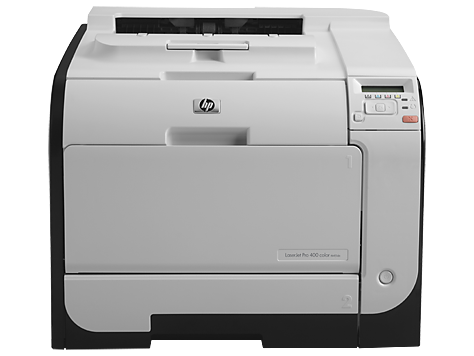
I vertex colored some geometry partially white to simulate the bottom being lit using the vertex colors as an emission map value (so that the light and texture don't have to share a UV space) and immediately came to the conclusion that it could be significantly improved by adding an exponent property to the shader to control the falloff. It has the flipped normals outline trick on the pipes and the long logs only, giving us lots of control.Back again with another suggestion! I must be getting a bit annoying at this point. This is the water storage that we've posted the concept from two weeks ago. Usually these will be for round objects that are impossible to give outlines to on a texture sheet. As such we're implementing flipped normals outlines (the oldest trick in the book) to parts where we need them. We did try the toony colors asset, it was nice but felt that we needed a more controlling approach to not leave too much for the computer to handle. Have you seen the Gatorade "ad/commercial" The Boy Who Learned to Fly - Usain Bolt. However, since there's plenty of dark parts in the textures, those already create a nice contrast.


Have you tried assets, such as: Toony Colors Pro 2 !/content/8105 (see: when we have enough money to hire a tech artist) Yeah we've written an outline shader and tested it before, but we had lots of pixelation so we're waiting until someone with more expertise in shaders comes along and does it for us. Perhaps this has been mentioned before, but it feels like the look just aches for cel-shaded outlines on things (especially given your concept art). Nice art direction and color palette on everything. So yeah, let's capitalize some more on that shall we? (for example the Seagull with his neck tightly wrapped with plastic) Heck, looking at anything we've made surely implies it. Steering away from realism seems the best way to go for Flotsam for sure.

Wanted to check it out but those videos are unavailable? Sounds really cool though But, overall, there seem to be a few other objects that seem to miracously float, so I'd steer (pun #2 intended) away from realism and a bit toward fantasy. On the other hand, if you added certain floating objects to cars (empty oil or plastic barrels, gas canisters, etc) then you could still make it realistic. That way people won't be surprised or wondering why cars float much like seeing people and objects fly in a Harry Potter movie. So, then the question becomes, would a flying car belong in a WW2 game? If not, then it'd be best to somehow drop in a few "hints" from the beginning that the game isn't going for realism. Heck, even CONCRETE ships can be buoyant: Technically, this would actually float as long as it's closed and water doesn't seep in. My first impression was also: Hey! Cars don't float!!!. There are two plugins for Unity if you want to give a "spin" (pun #1 intended). I could imaging a whale breaching or a sped up timelapse of city building scenes. In case you're wondering that your game isn't first person, here are two that happen to be also for a non-first person game: Have you considered 360 degree VR videos? There are many on youtube, some better than others. It could get you a few more "eyes" to check out the game but there is another approach that might be even better marketing.

Not sure if you guys like these kind of things, but we can share more of these for sure. We've put one of our ships on sketchfab, I guess we never -really- shared how it looks in 3D, so here:


 0 kommentar(er)
0 kommentar(er)
